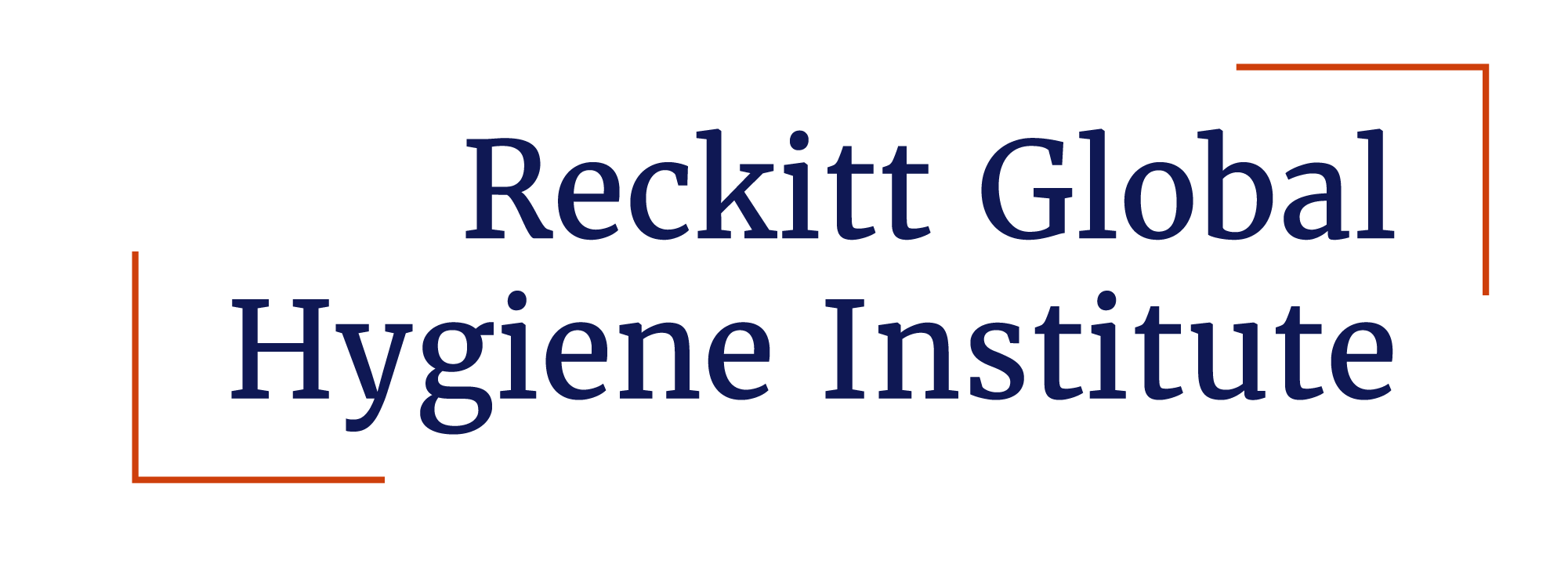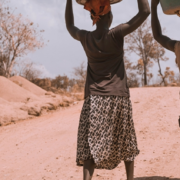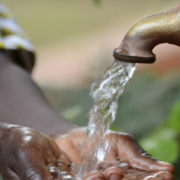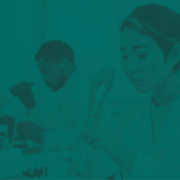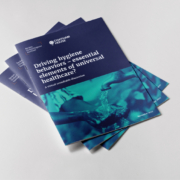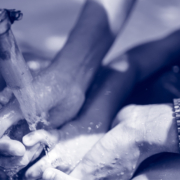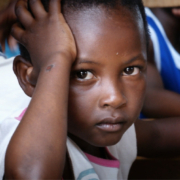Priority List Provides Governments with New Tool To Monitor and Improve Adolescent Menstrual Health and Hygiene
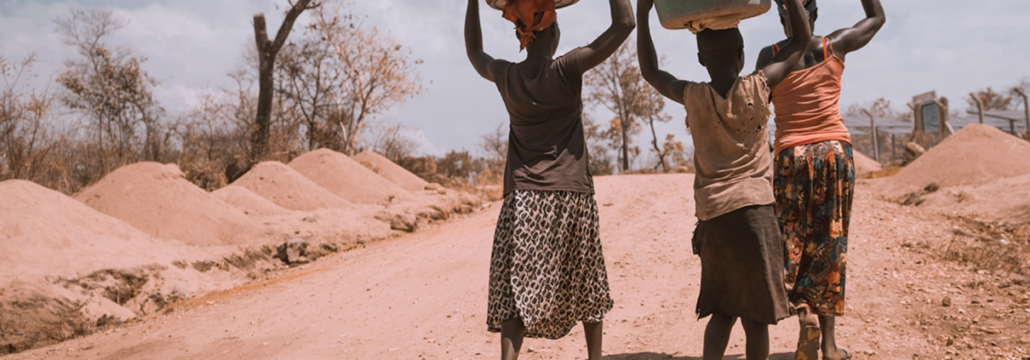
Researchers have developed a priority list of indicators to improve the monitoring of the menstrual health and hygiene (MHH) of adolescent girls in low- and middle-income countries (LMIC). Adolescent MHH is considered essential to achieving the United Nations’ Sustainable Development Goals – including goal 5 of gender equality, and this priority list can provide guidance for governments to improve MHH, the researchers say.
“Despite the importance of menstrual health and hygiene for adolescent girls’ health, education, and gender equality, few countries monitor MHH. MHH needs remain under-prioritized, and progress achieved through policies, programs, or investments go unmeasured,” states the article, “Indicators for National and Global Monitoring of Girls’ Menstrual Health and Hygiene: Development of a Priority Shortlist,” published in the Journal of Adolescent Health.
“A lack of standardized indicators curtails efforts to set and assess progress against targets that support menstrual health and hygiene, unify approaches, and hold governments and service providers to account. The priority indicators for monitoring MHH for adolescent girls provide governments with guidance for initiating action and enabling comparability,” the article continues.
The priority list includes 21 indicators such as the percentage of students who have received education about menstruation in primary and secondary school, the percentage of females with correct knowledge of the fertile period during the ovulatory cycle, and the percentage of countries with policies or plans that include MHH. The priority list is spread across domains that cover access to menstrual educational materials; the availability of water, sanitation and hygiene (WASH) facilities, and of a supportive social environment; knowledge about menstruation; menstrual discomfort/disorders and menstrual health impacts; and policy related to monitoring progress toward supporting MHH.
“This priority list was developed to improve the monitoring of adolescent menstrual health and hygiene globally,” said lead author Dr. Julie Hennegan, Reckitt Global Hygiene Institute (RGHI) fellow and senior research fellow at the Burnet Institute, an Australian-based medical research institute, where she also serves as co-head of the its Global Adolescent Health Working Group. “The list offers specific indicators for governments to start monitoring. Without data, girls’ MHH needs remain invisible, and governments are unable to track progress when they do make investments to support MHH.”
The article notes that motivating policy attention and investment is supported by data capturing MHH circumstances. The article also notes that data availability has been hampered by a lack of consensus indicators for monitoring MHH.
“The issue of menstrual health and hygiene needs a lot more attention than it is getting. It’s an extremely important issue affecting million and millions of adolescent girls around the world. We must do a better job of improving the lives of these adolescents,” said David Wheeler, acting director of RGHI , which provides funding to Hennegan via the RGHI Fellowship program. RGHI bridges epidemiology, public health, and behavioral insights to generate practical scientific research that promotes behavior change that saves lives.
“The indicator shortlist is a big step in the right direction in terms of identifying and monitoring this issue, and making people and governments more aware of it,” Wheeler added.
The development of the priority list was led by a core group of MHH researchers and practitioners. In addition, formal engagement with representatives from three countries – Bangladesh, Kenya, and the Philippines – with a demonstrated commitment to monitoring MHH fed into each step of developing the list.
The development of the priority list for national and global monitoring “represents an important step in ensuring MHH is visible and prioritized,” the article states. “The list “provides a resource for countries to select high-priority indicators for integration into national monitoring when opportunities arise, such as when updating health monitoring information systems.” However, the researchers add that many more steps are needed to ensure the long-term impact of the priority list, including training to training to administer defined measures and budget lines to support ongoing monitoring and decision-making “to ensure monitored data will inform policy, implementation, and best practice.”
The article also notes that while most of the research and monitoring for MHH have focused on adolescent girls, more research is needed to identify appropriate indicators to monitor MHH experiences across the life cycle.
This work was supported by the Bill & Melinda Gates Foundation.
Authors: Julie Hennegan, D.Phil.a,b, Bethany A. Caruso, Ph.D.c, Garazi Zulaika, Ph.D.d, Belen Torondel, Ph.D.e, Jacquelyn Haver, M.P.H.f, Penelope A. Phillips-Howard, Ph.D.d, Jonathan Valdez, B.E f, Caitlin Gruer, M.P.H.g, Neville Okwaro, M.Sc.h, Therese Mahon, M.Sc.i,, and Marni Sommer, Dr.P.H.g,*
Affiliations:
aMaternal, Child and Adolescent Health Program, Burnet Institute, Melbourne, Victoria, Australia
bMelbourne School of Population and Global Health, University of Melbourne, Melbourne, Victoria, Australia
cHubert Department of Global Health, Rollins School of Public Health, Emory University, Atlanta, Georgia
dDepartment of Clinical Sciences, Liverpool School of Tropical Medicine, Liverpool, United Kingdom
eDepartment of Disease Control, London School of Hygiene and Tropical Medicine, London, United Kingdom
fDepartment of Education and Child Protection, School Health and Nutrition Program, Save the Children US, Washington, District of Columbia
gDepartment of Sociomedical Sciences, Mailman School of Public Health, Columbia University, New York, New York
hMinistry of Health, Nairobi, Kenya, Nairobi, Kenya
iInternational Programmes Department, WaterAid, London, United Kingdom
